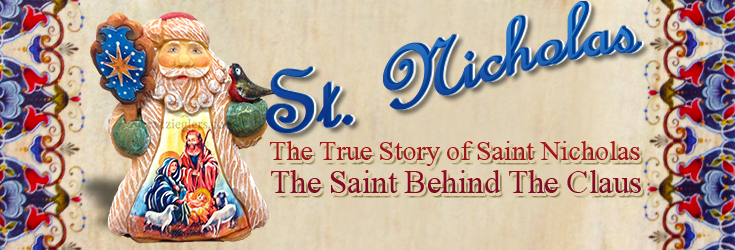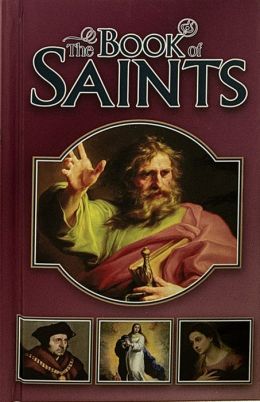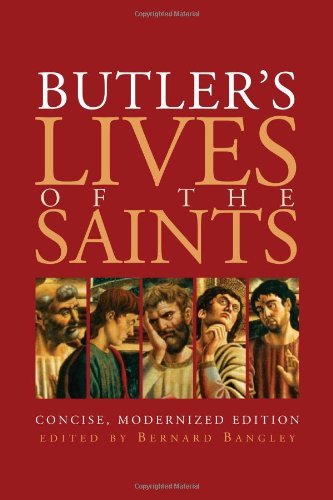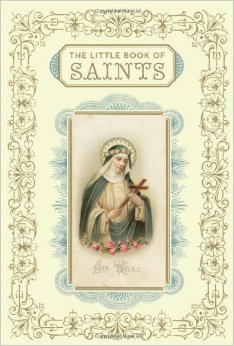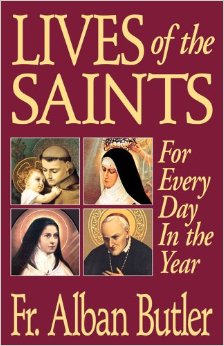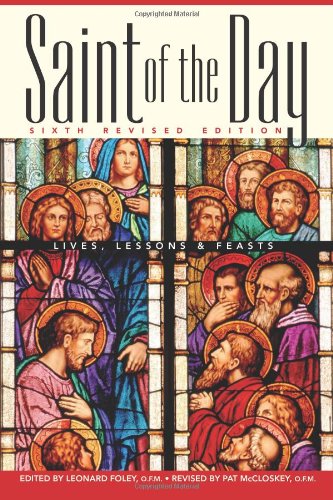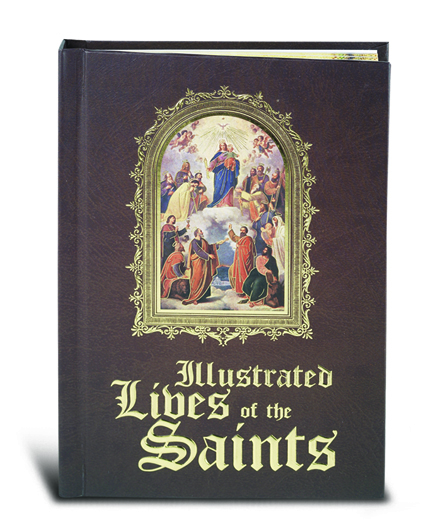St. Nicholas - The True Story of Saint Nicholas: The Saint Behind the Claus
21st Dec 2014
The True Story of Saint Nicholas: The Saint Behind the Claus
When we think of Santa we all too often imagine a jolly old man, dressed all in red, who loves cookies and milk. The true man behind this image is the widely venerated Saint Nicholas. While there is a bit of an absence of what could be called “hard facts” on the history of Saint Nicholas, there is no denial of his popularity. We have learned that he, in both Eastern and Western churches, is the saint most pictured by Christian artists, second only to the Blessed Virgin.
He was born in the year 270, in Lycia (Asia Minor), into a wealthy family who brought him up well and encouraged his thirst for true religion. Even from a young age, his life was marked by a strong devotion to Christ; even after he was orphaned he generously gave his inheritance to the poor, continuously helping and serving others.
After being orphaned, he became a preacher and his uncle, the Archbishop of Myra in Lycia at the time, ordained him as a priest and appointed him abbot of a monastery. After the death of the archbishop, Saint Nicholas was appointed the Bishop of Myra in Lycia and served on the first Council of Nicaea in 325, which led to the unification of the Churches. Saint Nicholas died years later in 350, but throughout his entire life he kept the same spirit of generosity and earning the description, “the special protector of the innocent and wronged.”
The legacy Saint Nicholas is most well-known for is the protector of well-behaved school children (which might be what inspired Santa Claus’ “Naughty & Nice” list). He gained this reputation when he brought back to life two well-behaved schoolboys after they had reached a rather sad death. Those of you who have heard the French song, La Legende de Saint Nicolas, might be familiar with that story.
Another event that furthered his reputation as a protector of children would be when he learned that a poverty-stricken man was going to be forced to sell his three daughters into prostitution. Saint Nicholas refused to let this happen and was determined to protect the three innocent girls. For three nights in a row he snuck to the poor family’s house and tossed a bag of gold into the sleeping father’s window, enabling the father to pay his daughters' dowries. On the third night, the father caught Saint Nicholas in the act and thanked him profusely for being his helper and for delivering his soul (as well as his daughters’ souls) from hell. Some legends even state that the coins St. Nicholas tossed fell into the daughter’s stockings which they had hanging (sound familiar?). It is said that this legend led to the custom of gift-giving to celebrate the saint’s feast.
Saint Nicholas is also known as the protector of sailors. He gained this reputation by coming to the aid of sailors who were stuck in a storm at sea near Lycia. Saint Nicholas just appeared, manning the ropes and sails and bringing the ship to port. There are more stories of Saint Nicholas helping seamen who were in trouble.
So, what led to the image of a commercialized Santa Claus in a red suit giving gifts on Christmas Eve? Sources claim that it was a mixture of the Dutch living in New York, called New Amsterdam at the time, who were particularly fond of Saint Nicholas and are credited for mixing the Saint Nicholas with the Scandinavian legends of a magical elf that brought gifts to well-behaved children. St. Nicholas was the patron saint of both the society and city, and in January of 1809 Washington Irving published a work of fiction titled Knickerbocker’s History of New York which referenced St. Nicholas. This representation of him was far more like the American Santa Claus we know today. This this piece of work is noted as the, “first notable work of imagination in the New World.”
A year later, artist Alexander Anderson created the first American image of St. Nicholas for the first St. Nicholas anniversary dinner. The image represented him in a gift-giving role with children’s treats and stockings hanging over a fireplace. This was part of an effort by New Yorkers to “domesticate” Christmas. Since Christmas had been eliminated by Puritans and Calvinists, Christmas had become a fairly riotous holiday.
The focus of Christmas slowly changed as it became a holiday that was celebrated in the home with family, and, in 1821, the first story featuring a “Santa Claus” flying a sleigh from the North was published; it was titled, Children’s Friend . After that the poem written by the author for his children during the holidays, titled “A Visit from St. Nicholas” (known now as “The Night Before Christmas”) was published and the Santa Claus tradition grew by leaps and bounds - with more and more poems and stories and cartoons featuring Santa Claus coming after it. Not too long after that, Coca-Cola began their Santa advertisements which completely solidified Santa Claus as a traditional Christmas figure.
All in all, you can see the attributes of generosity and kindness in Santa Claus that were inspired by St. Nicholas. It’s fitting that St. Nicholas, and a character based on him, would be the prominent and important figure during the Christmas season. Even if he’s been represented as jolly man in a red suit with a flying sleigh, the saint behind Santa Claus represents some of the truest and most important attributes of Christmas: devotion to Christ, generosity, compassion. He inspires us to want to celebrate Christ…and isn’t that true meaning of Christmas?
If you’re interested in checking out the resources we used to compose this blog article (or if you’re just interested in learning more about Saint Nicholas!) check out the list of resources below! Also be sure to browse the assortment of Saint Nicholas items on site!
Be sure to check out these great titles about more Saints!

